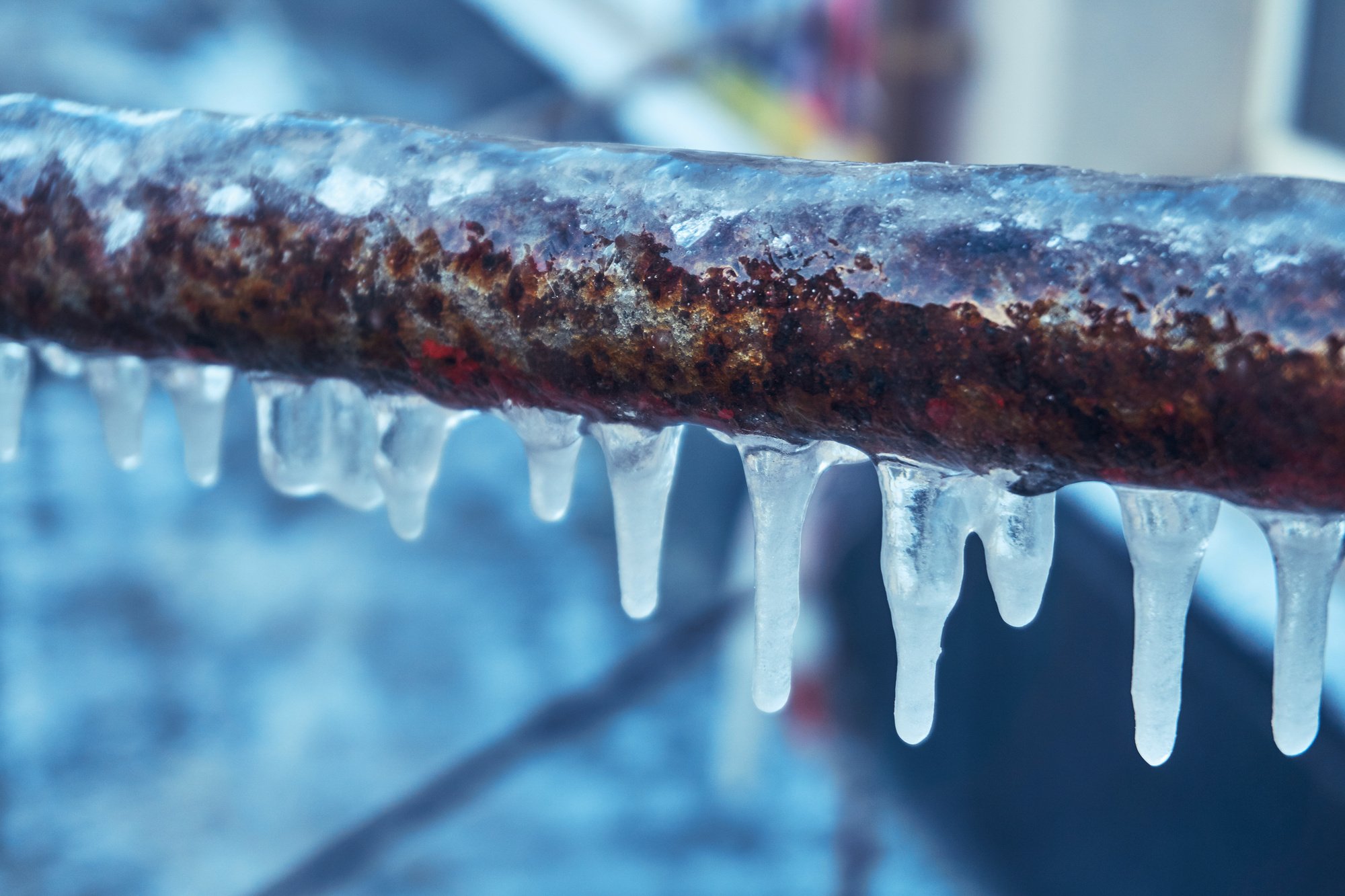Right here on the next paragraphs you will find a bunch of awesome insight pertaining to How To Avoid Freezing Pipes.

Cold weather can damage your pipes, especially by freezing pipelines. Below's just how to stop it from taking place and what to do if it does.
Intro
As temperatures drop, the risk of frozen pipelines rises, possibly bring about pricey repair services and water damage. Comprehending how to stop icy pipes is important for property owners in cool climates.
Understanding Icy Pipelines
What triggers pipelines to freeze?
Pipelines ice up when exposed to temperature levels below 32 ° F (0 ° C) for prolonged periods. As water inside the pipelines ices up, it expands, taxing the pipeline walls and possibly causing them to rupture.
Threats and damages
Frozen pipelines can bring about supply of water disturbances, residential or commercial property damage, and costly fixings. Ruptured pipes can flooding homes and cause substantial architectural damage.
Indicators of Frozen Water Lines
Determining frozen pipelines early can avoid them from rupturing.
Exactly how to recognize frozen pipelines
Look for lowered water circulation from faucets, uncommon odors or sounds from pipelines, and noticeable frost on exposed pipes.
Avoidance Tips
Protecting vulnerable pipelines
Cover pipes in insulation sleeves or make use of warm tape to protect them from freezing temperature levels. Focus on pipelines in unheated or exterior locations of the home.
Heating strategies
Keep indoor areas effectively heated, particularly locations with plumbing. Open closet doors to enable warm air to flow around pipes under sinks.
Securing Exterior Plumbing
Garden hoses and exterior faucets
Disconnect and drain yard pipes prior to winter season. Mount frost-proof spigots or cover exterior faucets with insulated caps.
What to Do If Your Pipes Freeze
Immediate activities to take
If you believe icy pipelines, maintain faucets available to soothe stress as the ice melts. Make use of a hairdryer or towels soaked in hot water to thaw pipelines slowly.
Long-Term Solutions
Structural changes
Think about rerouting pipelines away from exterior walls or unheated areas. Add additional insulation to attic rooms, basements, and crawl spaces.
Updating insulation
Buy high-grade insulation for pipelines, attics, and wall surfaces. Correct insulation assists maintain regular temperature levels and minimizes the risk of icy pipes.
Verdict
Stopping frozen pipes calls for proactive procedures and fast reactions. By recognizing the reasons, signs, and preventive measures, home owners can safeguard their pipes throughout winter.
6 Proven Ways to Prevent Frozen Pipes and Protect Your Home
Disconnect and Drain Garden Hoses
Before winter arrives, start by disconnecting your garden hoses and draining any remaining water. Close the shut-off valves that supply outdoor hose bibs and leave the outdoor faucet open to allow any residual water to drain. For extra protection, consider using faucet covers throughout the colder months. It’s also important to drain water from any sprinkler supply lines following the manufacturer’s directions.
Insulate Exposed Pipes
Insulating your pipes is an effective way to prevent freezing. Pipe insulation is readily available at home improvement stores and is relatively inexpensive. Pay close attention to pipes in unheated areas such as the attic, basement, crawl spaces, or garage. Apply foam insulation generously to create a buffer against the cold. You can also wrap your pipes in heat tape or thermostat-controlled heat cables for added warmth.
Seal Air Leaks
Inspect your home for any cracks or openings that could let in cold air. Seal any holes around the piping in interior or exterior walls, as well as the sill plates where your home rests on its foundation. Additionally, make sure to keep your garage door closed unless you’re entering or exiting. Leaving it open creates a significant air leak that can lead to frozen pipes.
Allow Warm Air Circulation
During cold snaps, it’s essential to allow warm air to circulate evenly throughout your home. Leave interior doors ajar to promote better airflow. Open kitchen and bathroom cabinets to help distribute heat consistently around the rooms. If you have small children or pets, be sure to remove any household chemicals or potentially harmful cleaners from open cabinets for safety.
Let Faucets Drip
A small trickle of water can make a big difference in preventing ice formation inside your pipes. When temperatures drop significantly, start a drip of water from all faucets served by exposed pipes. This continuous flow helps prevent the water from freezing. Additionally, running a few faucets slightly can relieve pressure inside the pipes, reducing the chances of a rupture if the water inside does freeze.
https://choateshvac.com/6-proven-ways-to-prevent-frozen-pipes-and-protect-your-home/
:strip_icc()/snow-outdoor-faucet-pipes-4af65d1e5e904fb1aa7bf74071fe5d89.jpg)
Do you appreciate reading up on Prevent Frozen Pipes ? Leave a remark down below. We would be pleased to see your reactions about this post. We are looking forward that you visit us again before long. Sharing is good. You never know, you could be helping someone out. I truly appreciate your readership.
Click Here